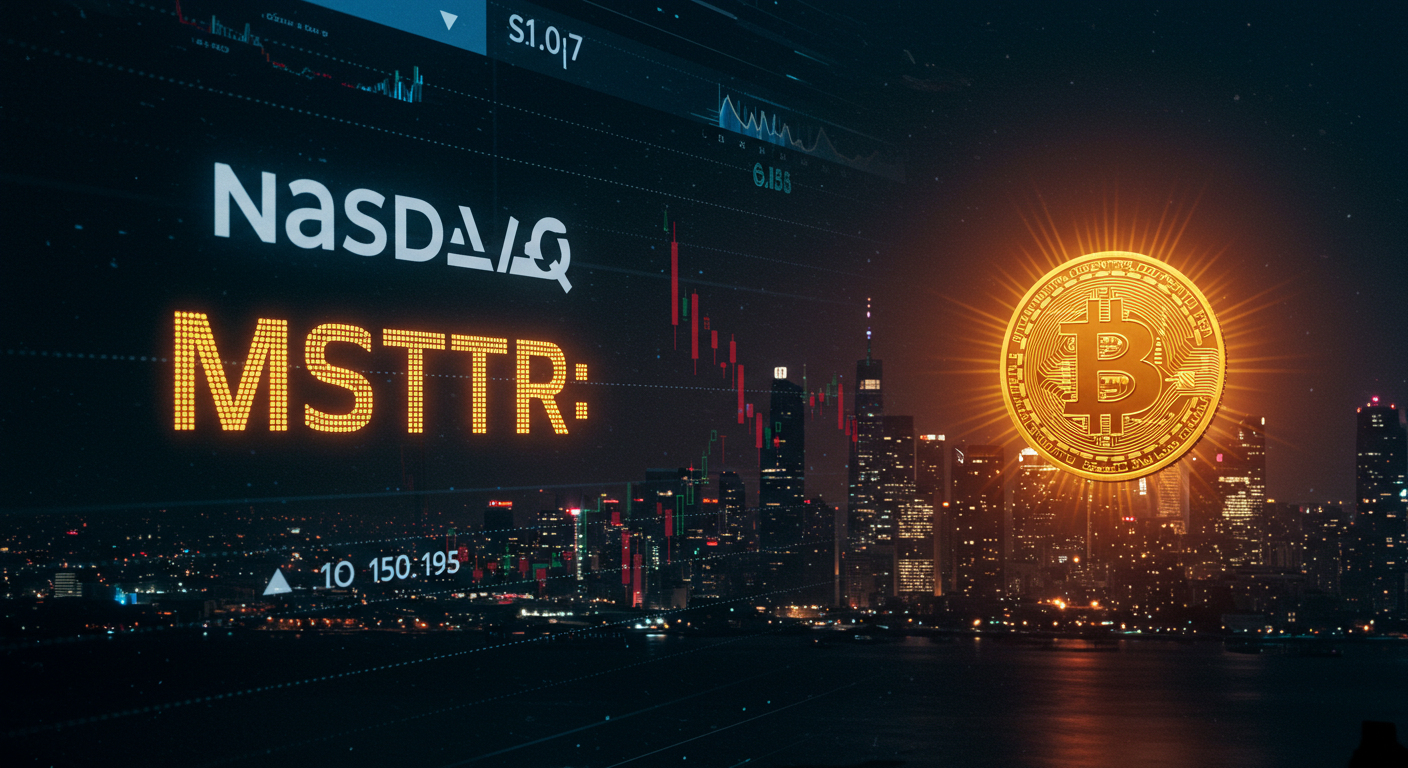Introduction
Crypto is money you can use online, like Bitcoin. It’s exciting but can be risky. Banks want to use crypto, but U.S. rules make it hard. Papers from the Federal Deposit Insurance Corporation (FDIC) show they told banks to be careful with crypto in 2022 and 2023. These papers didn’t stop banks from working with crypto companies. They just asked banks to wait before doing big crypto things. This article explains what the papers say, why they matter, and what’s next for banks and crypto. I’m Jose E. McKenna, and I’ve written about crypto for four years. I make hard ideas easy to understand.
Why Did Regulators Warn Banks?
What Is Crypto and Why Is It Tricky?
Crypto is digital money. You can buy things or save it online. Bitcoin and Ethereum are popular types. But crypto can be dangerous. Its price can go up or down fast. For example, Bitcoin was worth $69,000 in 2021 but fell to $16,000 in 2022. Scams also happen a lot. A big crypto company, FTX, lost billions in 2022. This scared regulators. The FDIC protects banks and people’s money. They wanted banks to stay safe, so they sent warnings.
What Do the FDIC Papers Say?
In February 2025, the FDIC shared 175 papers. A crypto company, Coinbase, asked for them in a lawsuit. These papers show how the FDIC talked to banks about crypto. They sent 25 “pause letters” in 2022 and 2023. These letters didn’t stop banks from helping crypto companies with things like bank accounts. But they told banks to wait before doing things like holding or trading crypto. Some banks waited months for answers. Others got asked for more plans. The FDIC wanted banks to be super careful.
Why Were Regulators So Careful?
Crypto has big risks. Here are some reasons why:
- Price Changes: Crypto prices can drop fast. A bank could lose money if it holds crypto.
- Scams: Bad people use crypto to trick others. This happened with FTX.
- Illegal Money: Some use crypto to hide money from crimes. Banks must stop this.
The FDIC asked banks to make plans to handle these risks. For example, stablecoins are crypto tied to things like the dollar. They seem safe, but they can still cause problems if not done right. The papers show the FDIC wanted banks to think hard before starting crypto work.
How Did Banks Handle the Warnings?
Problems Banks Faced
The FDIC’s warnings made things tough for banks. Some wanted to hold crypto, like Bitcoin, for customers. But the FDIC said, “Wait.” Banks had to send lots of papers to prove they were safe. Some waited months with no answer. Others got told to stop crypto plans until the FDIC said okay. This made it hard for banks to try new things. Many gave up because it took too long.
Some Banks Kept Going
Even with warnings, some banks worked with crypto. For example, U.S. Bank started a Bitcoin saving service in 2025. They waited a long time but got approval. They worked with a safe crypto company called NYDIG. This shows banks can do crypto if they follow rules and plan well.
New Rules in 2025
A New Way of Thinking
In 2025, the U.S. started liking crypto more. A new president, Donald Trump, took office. He said he wants to help crypto grow. In April 2025, the FDIC, Federal Reserve, and another group called the OCC changed their rules. They took back old warnings that told banks to be extra careful. This was a big change. People called the old rules “Operation Choke Point 2.0” because they pushed banks away from crypto. Now, regulators want to help banks try crypto safely.
What Do the New Rules Do?
The new rules don’t let banks do anything they want. They still have to follow laws to keep money safe. But it’s easier now. The FDIC is fixing its old rules from 2022. They want to make things clear so banks can try crypto things like saving or sending it. A new group, the President’s Working Group on Digital Asset Markets, started in January 2025. It will help make better crypto rules.
Risks Banks Still Have
Crypto Prices Go Up and Down
Crypto can be like a roller coaster. Its price can change a lot in one day. If a bank holds Bitcoin and the price falls, the bank loses money. The FDIC warned about this in their papers. Even stablecoins, which try to stay the same price, can cause trouble. If too many people sell them at once, it’s hard for banks to keep up. Banks need plans to handle this.
Following the Law
Crypto laws in the U.S. are not clear. Banks must follow rules from groups like the Securities and Exchange Commission (SEC). If a bank works with a crypto company that breaks rules, the bank could get in trouble. The FDIC papers told banks to check their crypto partners carefully. This keeps banks safe from fines.
Stopping Bad Money
Some people use crypto for bad things, like hiding money from crimes. Banks have to check where crypto money comes from. The FDIC said banks need strong plans to stop this. For example, they must know who owns the crypto and why they’re using it. This takes a lot of work.
How Can Banks Use Crypto Safely?
Planning for Risks
Banks need good plans to stay safe with crypto. Here’s what they can do:
- Watch Prices: Check crypto prices every day to avoid big losses.
- Pick Safe Partners: Work with trusted companies like NYDIG that follow rules.
- Teach Workers: Train bank workers to understand crypto and its risks.
These steps help banks stay strong while trying crypto.
Following Money Rules
Banks must follow laws to stop bad money. They need to check who their crypto customers are. For example, if someone sends Bitcoin to a strange place, the bank must look into it. The FDIC’s papers said this is very important.
Starting Small
Banks don’t have to do big crypto things right away. They can start with easy stuff, like holding crypto for customers. This is called custody. It’s safer than buying or selling crypto themselves. U.S. Bank’s Bitcoin custody is a good example. They hold Bitcoin for people but don’t own it.
What Does This Mean for People?
More Ways to Use Crypto
With new rules, banks might offer more crypto services. You could save Bitcoin in your bank account. Or you might use crypto to pay for things. This makes crypto easier for everyone to use.
Safer Crypto
Banks are watched closely by regulators. If they hold your crypto, it’s safer than some crypto companies. For example, bank accounts are protected up to $250,000 by the FDIC. Many crypto companies don’t have this. This could make more people trust crypto.
Crypto Companies Might Struggle
Crypto companies like Coinbase could face competition. If banks offer crypto services, people might pick banks because they feel safer. Crypto companies will need to follow rules and offer better services to keep up.
What’s Next for Banks and Crypto?
Finding a Balance
The FDIC’s papers show they were careful but not against crypto. They wanted banks to be safe. The 2025 changes make it easier for banks to try crypto. This balance lets banks try new things while keeping money safe.
Trump’s Crypto Ideas
The new president wants to help crypto. In January 2025, he might make new rules to support it. This could let more banks try crypto services. But regulators will still ask banks to have strong plans to avoid risks.
The World and Crypto
Other countries are also making crypto rules. A group called the Basel Committee made tough crypto rules in 2022. But banks around the world said they were too hard. The U.S.’s new ideas might help other countries make better rules. This could help banks everywhere work with crypto.
Why This Is Important
The FDIC’s papers show how hard it is to mix crypto with banks. Crypto is new and risky, but it’s also popular. Banks want to use it to stay modern. The 2025 rule changes help them do this. For people, this means safer and easier ways to use crypto. For banks, it’s a chance to grow if they plan well. These papers give us a clear look at this big change.
Conclusion
The FDIC’s papers from 2022 and 2023 show they told banks to be careful with crypto. They didn’t stop banks from working with crypto companies but asked them to wait on big crypto plans. This was to keep banks safe from risks like price drops and scams. In 2025, new rules make it easier for banks to try crypto. This could mean more crypto services for you. Always learn about crypto before using it to stay safe.
ALSO READ: Crypto Surge: How Bitcoin and Altcoins Are Shaping the Future of Finance
Disclaimer: This article is only for learning and sharing information. It is not advice about money, banking, or crypto. I am not telling you to buy, sell, or use crypto. This is not a promotional or affiliate article. I do not make money if you use any company or service mentioned here. Always do your own research and talk to a trusted expert before making money choices.












Leave a Reply